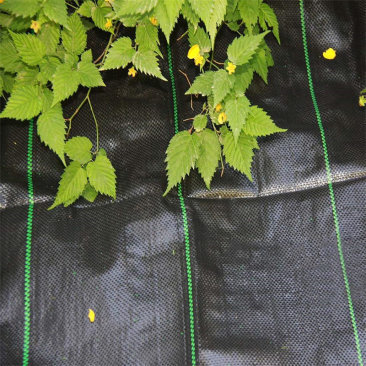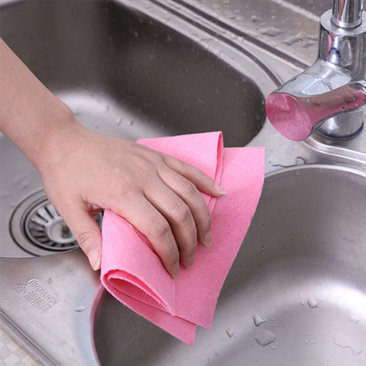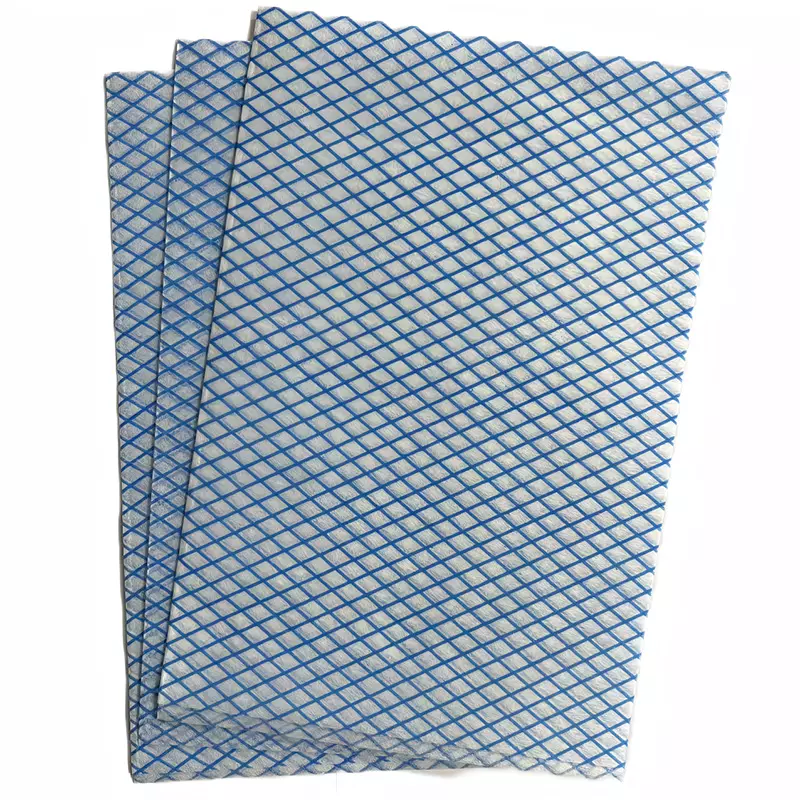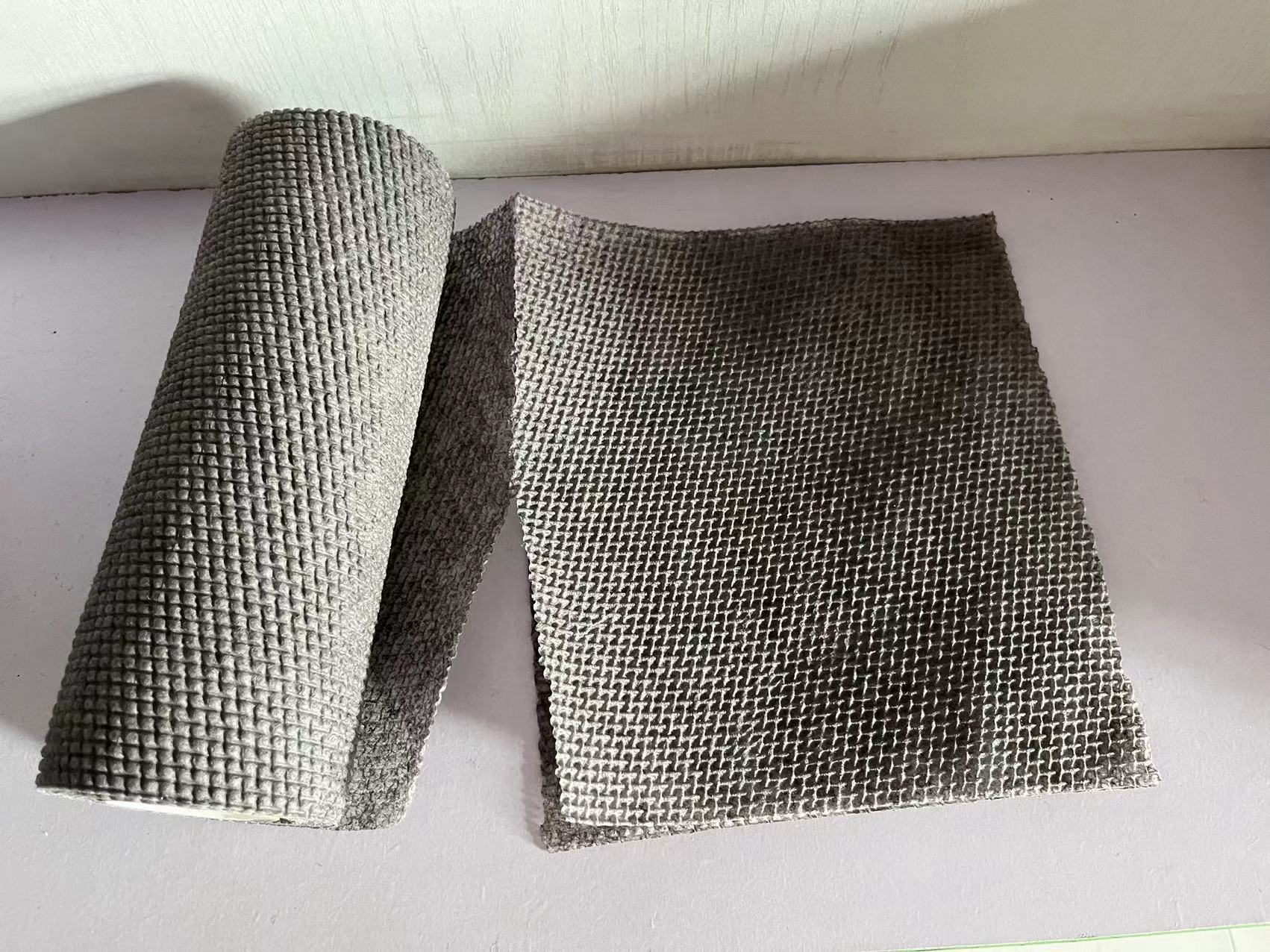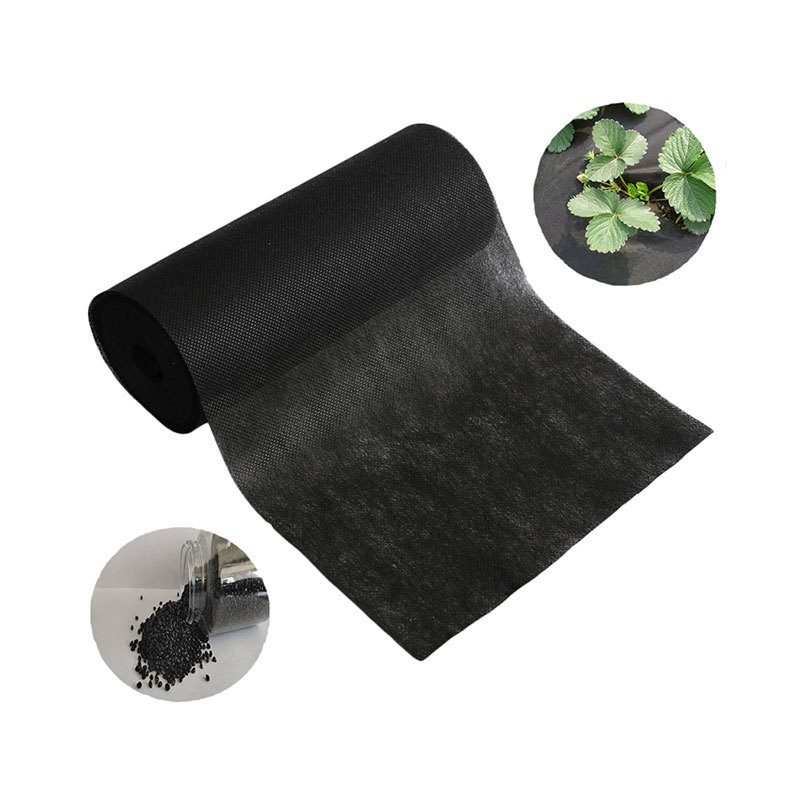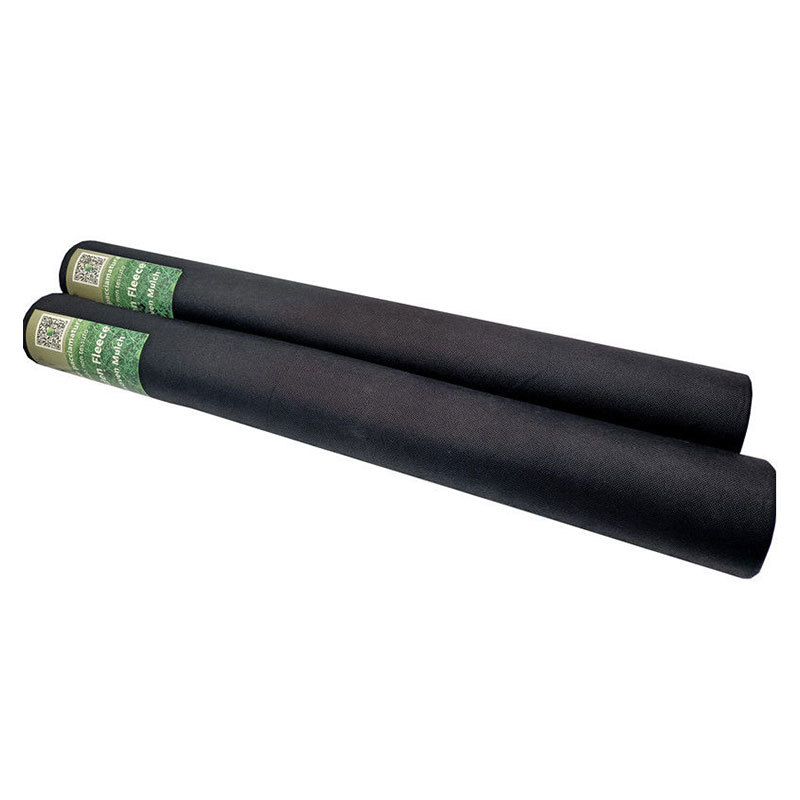07
2025
-
08
The Versatility and Applications of PP Nonwoven Fabric in the Textile Industry
PP nonwoven fabric, made from polypropylene fibers, is a significant material in the textile and nonwoven fabric industry. Its unique production process involves bonding fibers together through mechanical, thermal, or chemical means rather than weaving or knitting, which results in a versatile and functional fabric. The lightweight nature, breathability, and durability of PP nonwoven fabric make i
PP nonwoven fabric, made from polypropylene fibers, is a significant material in the textile and nonwoven fabric industry. Its unique production process involves bonding fibers together through mechanical, thermal, or chemical means rather than weaving or knitting, which results in a versatile and functional fabric. The lightweight nature, breathability, and durability of PP nonwoven fabric make it a preferred choice for various applications.
One of the primary advantages of PP nonwoven fabric is its cost-effectiveness. The production process is relatively simple, which allows manufacturers to produce large quantities in a shorter time frame compared to woven fabrics. Additionally, the fabric can be produced in various weights, thicknesses, and colors, allowing for customization based on specific project requirements.
PP nonwoven fabric is widely used in various sectors. In the medical field, it is commonly used for disposable gowns, masks, and surgical drapes, providing essential protection against contaminants. Its lightweight and breathable properties ensure comfort for healthcare workers and patients alike. The fabric is also utilized in hygiene products such as diapers and feminine hygiene items, where its absorbency and softness play a critical role in user comfort.
In the agricultural sector, PP nonwoven fabric serves multiple purposes, such as crop covers, weed barriers, and seedling trays. Its UV resistance and durability help protect plants from harsh environmental conditions, promoting healthier growth. Moreover, the fabric's ability to allow air and moisture to pass through ensures optimal conditions for plant development.
Another notable application of PP nonwoven fabric is in the production of geotextiles. These materials are used for soil stabilization, erosion control, and drainage applications. The fabric's strength and permeability help manage water flow and prevent soil erosion, making it an essential component in civil engineering projects.
Furthermore, PP nonwoven fabric is gaining popularity in the fashion and home textiles sectors, where it is used for making bags, curtains, and upholstery. Its unique texture and aesthetic appeal allow designers to create innovative and sustainable products.
In conclusion, PP nonwoven fabric is a versatile and valuable material in the textile industry, offering a range of benefits that cater to numerous sectors. Its lightweight, durable, and cost-effective characteristics make it an essential choice for manufacturers and consumers alike. As the demand for sustainable and functional materials continues to grow, the applications for PP nonwoven fabric are likely to expand, showcasing its importance in modern textile solutions.
One of the primary advantages of PP nonwoven fabric is its cost-effectiveness. The production process is relatively simple, which allows manufacturers to produce large quantities in a shorter time frame compared to woven fabrics. Additionally, the fabric can be produced in various weights, thicknesses, and colors, allowing for customization based on specific project requirements.
PP nonwoven fabric is widely used in various sectors. In the medical field, it is commonly used for disposable gowns, masks, and surgical drapes, providing essential protection against contaminants. Its lightweight and breathable properties ensure comfort for healthcare workers and patients alike. The fabric is also utilized in hygiene products such as diapers and feminine hygiene items, where its absorbency and softness play a critical role in user comfort.
In the agricultural sector, PP nonwoven fabric serves multiple purposes, such as crop covers, weed barriers, and seedling trays. Its UV resistance and durability help protect plants from harsh environmental conditions, promoting healthier growth. Moreover, the fabric's ability to allow air and moisture to pass through ensures optimal conditions for plant development.
Another notable application of PP nonwoven fabric is in the production of geotextiles. These materials are used for soil stabilization, erosion control, and drainage applications. The fabric's strength and permeability help manage water flow and prevent soil erosion, making it an essential component in civil engineering projects.
Furthermore, PP nonwoven fabric is gaining popularity in the fashion and home textiles sectors, where it is used for making bags, curtains, and upholstery. Its unique texture and aesthetic appeal allow designers to create innovative and sustainable products.
In conclusion, PP nonwoven fabric is a versatile and valuable material in the textile industry, offering a range of benefits that cater to numerous sectors. Its lightweight, durable, and cost-effective characteristics make it an essential choice for manufacturers and consumers alike. As the demand for sustainable and functional materials continues to grow, the applications for PP nonwoven fabric are likely to expand, showcasing its importance in modern textile solutions.
PP nonwoven fabric


